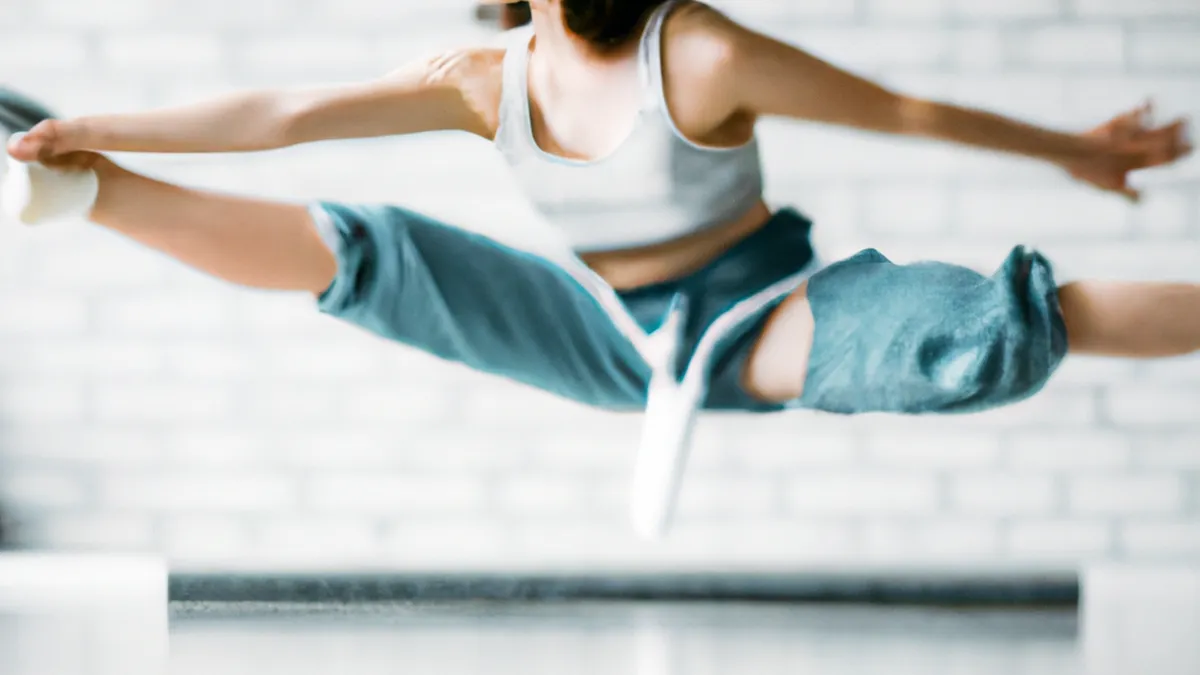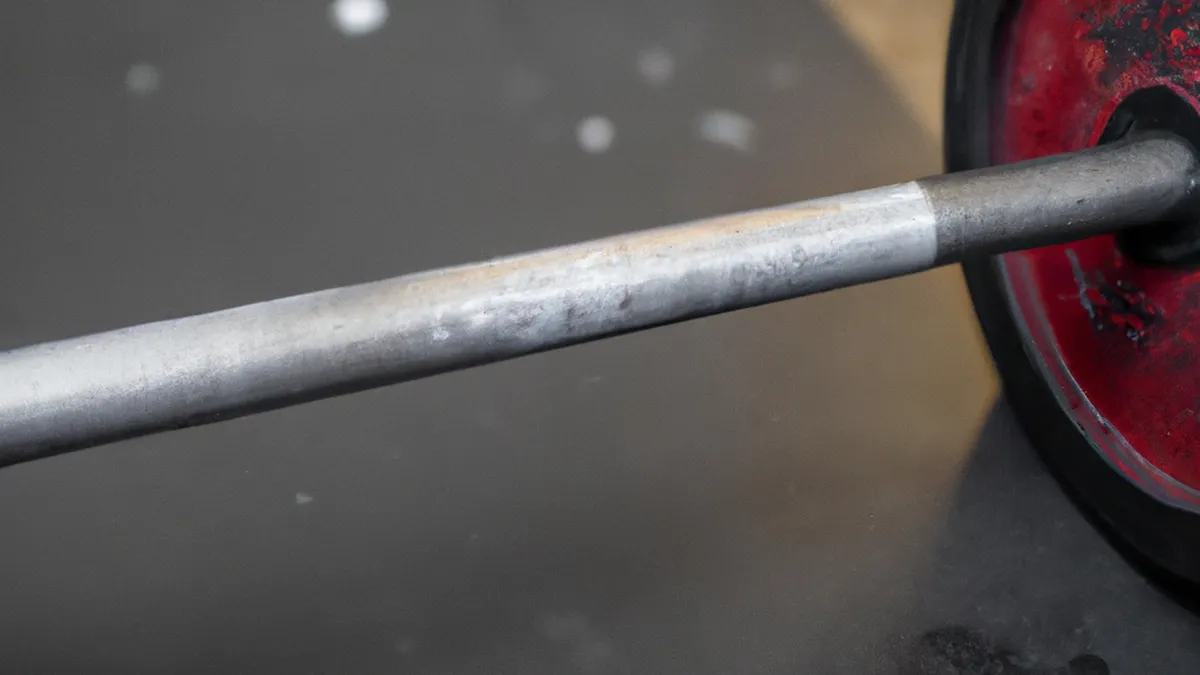Youth Development: Plyometric Training Essentials
Coaching Youth in Plyometric TechniquesPlyometric training enhances speed, strength, and overall performance in young athletes. Coaches must teach these techniques effectively to ensure safety and skill development. This guide offers insights into plyometrics, coaching methods, and strategies for maximizing benefits.
Understanding Plyometrics
Plyometrics, known as “jump training,” involves explosive movements that help muscles exert maximum force quickly. These exercises utilize the stretch-shortening cycle, where a rapid stretch precedes an immediate contraction. This mechanism develops power and improves athletic performance.Common plyometric exercises include box jumps, squat jumps, depth jumps, and bounding. Young athletes gain significant benefits from plyometric training, enhancing power, coordination, agility, and overall athleticism. Proper coaching prevents injuries and ensures effective learning.
Tips for Coaching Plyometric Techniques
As an Amazon Associate I earn from qualifying purchases.
Gear tip: consider stretching strap, yoga blocks, and mobility sliders to support this topic.
Start with the Basics
Begin with bodyweight movements before tackling complex exercises. This establishes a solid foundation and helps athletes develop proper form. Start with bodyweight squats, lunges, and basic jumps. Teach athletes to land safely by bending knees and using arms for balance. Proper landing techniques reduce injury risk, especially in developing bodies.
Incorporate Progressive Training
After mastering basics, gradually introduce advanced plyometric techniques. Progression builds confidence and skill. For example, after squat jumps, move on to tuck jumps or lateral jumps. Gradually increase intensity and complexity to allow athletes to adapt and grow stronger.
Emphasize Warm-Ups and Cool-Downs
Always include warm-up and cool-down sessions in your training. A proper warm-up prepares the body, reduces injury risk, and enhances performance. Use dynamic stretches and mobility exercises to activate muscles and improve flexibility. After training, cool down with static stretches to promote recovery and prevent stiffness.
Advice for Effective Coaching
Focus on Technique
Prioritize proper form over repetition volume when coaching plyometric techniques. Correct technique maximizes training benefits and minimizes injury risk. Observe each athlete closely to provide timely feedback and adjustments. Encourage athletes to focus on quality, reminding them that mastering technique is more beneficial than completing high repetitions.
Create a Positive Environment
Encouragement and support are vital in youth training. Foster a positive atmosphere where athletes feel comfortable taking risks and making mistakes. Build camaraderie among team members and encourage them to support one another.
Conclusion
In summary, effective coaching in plyometric techniques enhances youth athletes’ performance and fosters a love for fitness.
Below are related products based on this post:
FAQ
What are plyometrics?
Plyometrics, also known as “jump training,” involve explosive movements that enable muscles to exert maximum force quickly. These exercises use the stretch-shortening cycle, which enhances power and improves athletic performance in young athletes.
How should coaches start teaching plyometric techniques?
Coaches should begin with bodyweight movements to establish a solid foundation and ensure proper form. Starting with exercises like bodyweight squats, lunges, and basic jumps helps athletes learn safe landing techniques, which are crucial for reducing injury risk.
Why are warm-ups and cool-downs important in plyometric training?
Warm-ups and cool-downs are essential as they prepare the body for exercise and promote recovery afterward. A proper warm-up reduces injury risk and enhances performance, while a cool-down with static stretches helps prevent stiffness and aids in recovery.















Post Comment